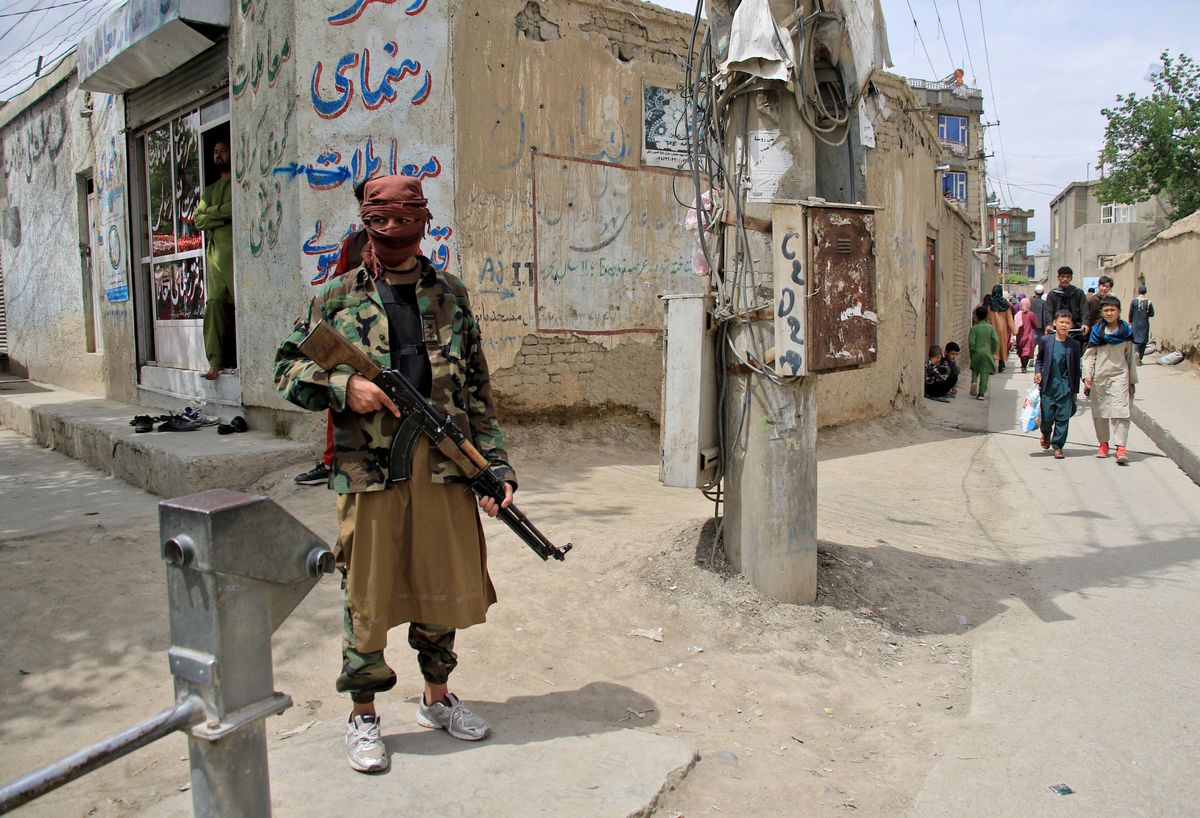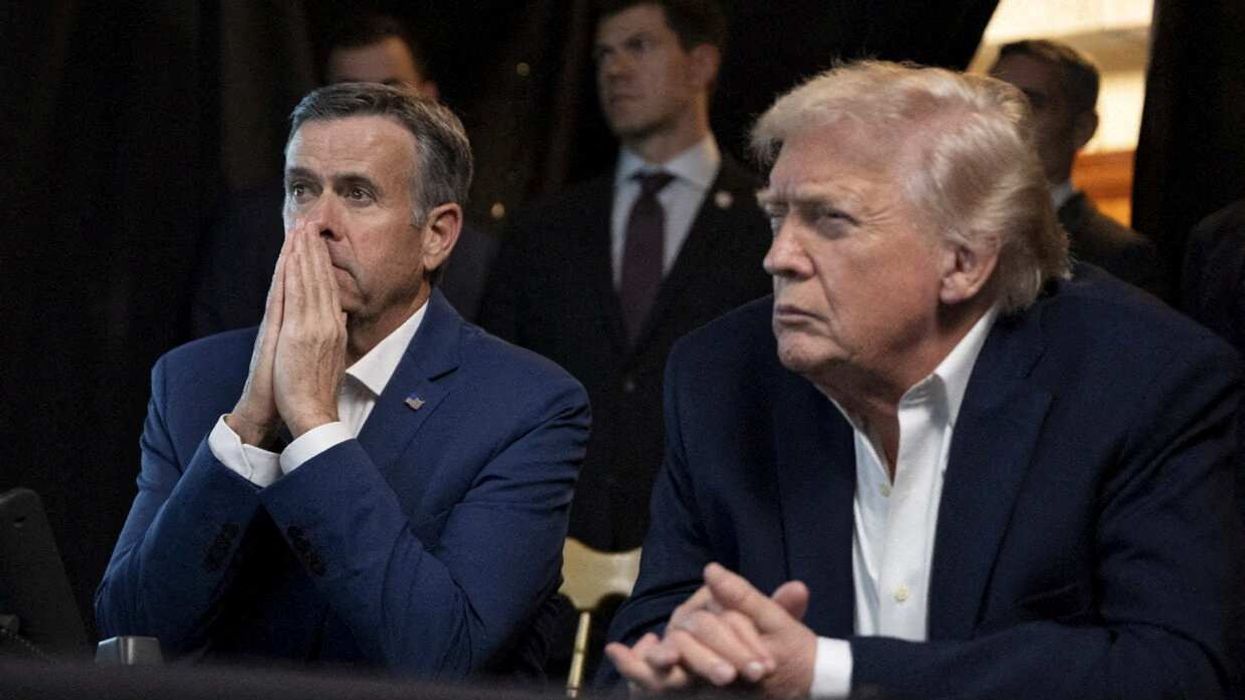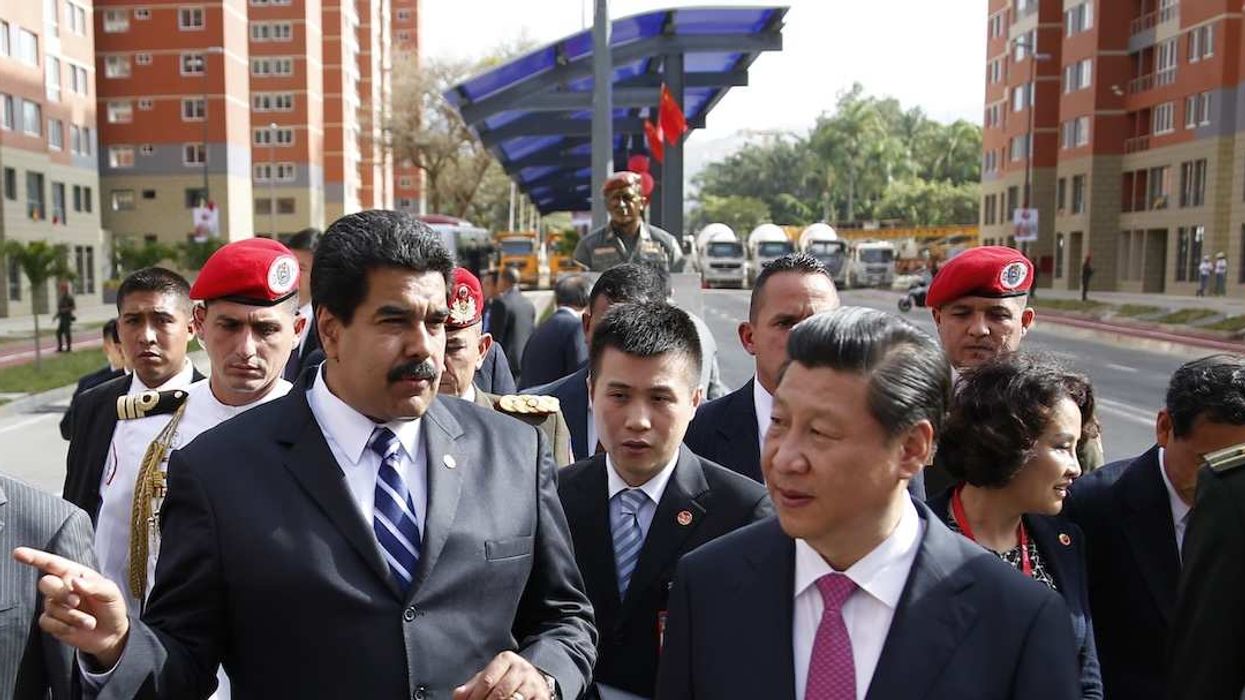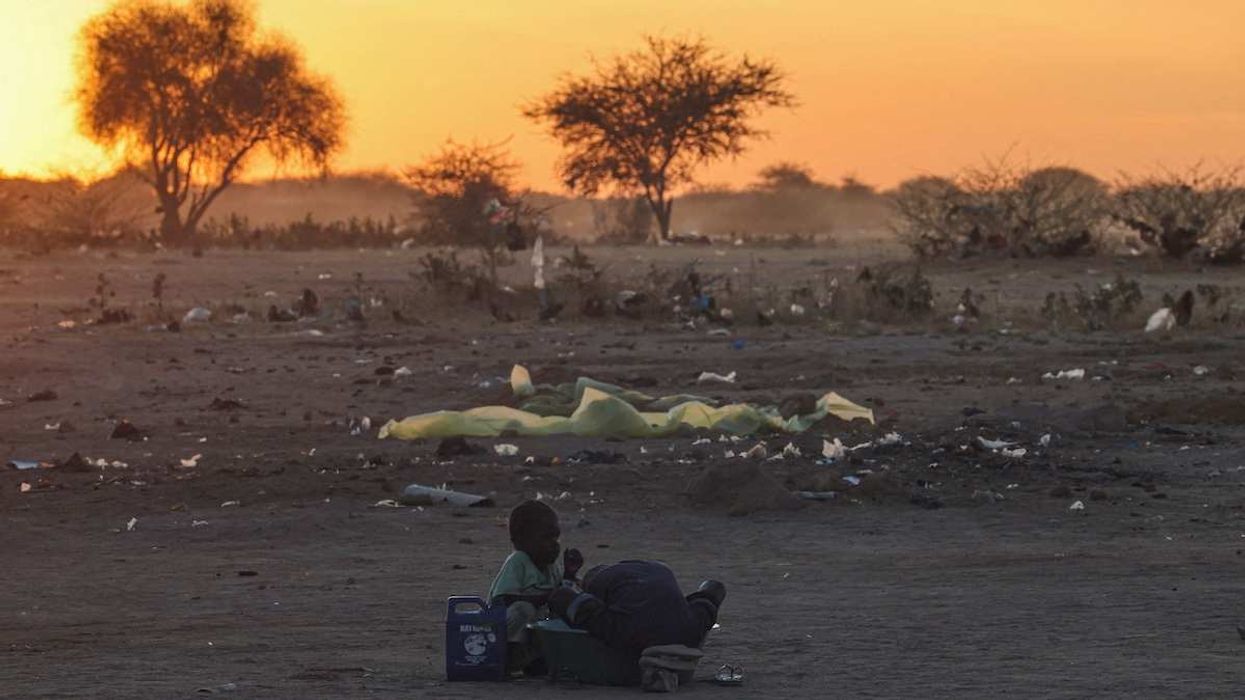After months of tense calm, a fresh wave of terror attacks by insurgents and airstrikes by Pakistan have killed dozens across Afghanistan, exposing the inability of the Taliban to secure a country already suffering from the world’s worst humanitarian crisis and an economic free fall.
The spate of violence is intense, escalating, and widespread. The attacks have mostly targeted the Hazaras, Afghanistan’s Shia minority, but Sunni Muslims with liberal leanings have also been hit. ISIS-K, the South Asian branch of the Islamic State, has claimed responsibility for most of the attacks. (A bomber from the same group killed 13 US military personnel and 170 Afghans at Kabul airport last August during the last days of America’s military pullout.)
Meanwhile, the Taliban’s scorched-earth policy of pursuing ISIS-K fighters and sympathizers – including the enforcement of collective punishment – has created further unrest and resistance against the Islamist regime, which prefers to ban social media and prohibit females from attending schools and colleges.
Spring is the fighting season in Afghanistan. During the 20 years of US occupation, the Taliban would always step up their attacks against US, NATO, and former Afghan government forces in what was traditionally known as the “spring offensive.” But this time, the Taliban are the ones being challenged by an insurgency even more extremist than their own.
Although the Taliban, most of whom belong to the conservative Deobandi school of Islam, have a history of targeting Afghanistan’s Shias, they proclaimed all Afghans under their protection when they took over last summer. But ISIS-K, which is inspired by the even more conservative Salafist school, is fiercely anti-Shia and regards members of the minority branch of Islam as heretics.
What’s more, ISIS-K is equally intolerant of Sunnis who follow more liberal principles. This harsh bias exposes vast swathes of Afghanistan’s diverse population to be targeted by ISIS-K.
The Taliban have condemned ISIS-K violence. Suhail Shaheen, the group’s international spokesperson and UN ambassador-designate, called the Islamic State affiliate “enemies of humanity and Islam” in an interview with GZERO. He claimed that ISIS-K “are not strong in terms of manpower and military capabilities, and that is why they are focusing on soft targets like mosques.”
But when asked about the adequacy of the Taliban’s own countermeasures, he deflected, responding: “Henceforth, we will boost security in key vulnerable places.”
ISIS-K isn’t just the Taliban’s problem. The US Department of Defense assesses that “ISIS-K could establish an external attack capability against the United States and our allies in twelve to eighteen months, but possibly sooner if the group experiences unanticipated gains in Afghanistan.” Meanwhile, the UN believes that the Taliban’s takeover and the withdrawal of foreign troops have emboldened terrorist groups to “enjoy greater freedom in Afghanistan than at any time in recent history.”
Fighting their own insurgency is just half of the story of the immense security challenge Afghanistan’s rulers face. While the Sunni Taliban may be against ultra-Sunni ISIS-K, they are ideological and political partners with the Tahreek-e-Taliban Pakistan, also known as the TTP or the Pakistani Taliban. TTP is a 10,000-strong insurgency battling Afghanistan’s eastern neighbor — and in doing so, creating a uniquely fresh security problem in this war-torn region.
Enter Pakistan. Nuclear-armed, with the world’s fifth-largest military, Islamabad has conducted airstrikes inside Afghan territory, where the Pakistani Taliban enjoy safe-havens. This directly challenges the authority of the Afghan Taliban, which Pakistan has armed, trained, and supported for decades.
The airstrikes have caused massive civilian casualties, triggered anti-Pakistan protests across Afghanistan, and even inspired a rare warning by the Taliban against the Pakistanis. The Pakistani military didn’t comment about attacking what it calls its “brotherly country,” but Islamabad’s compulsions are clear: Pakistan recorded almost 300 terror attacks in 2021, a 56% spike compared to the previous year. The Pakistani Taliban were responsible for most of the incidents, even as Pakistan’s friends, the Afghan Taliban – who also happen to be the TTP’s mentors – were gaining power.
This isn’t the first time the Pakistanis have operated inside Afghanistan. Covert operations by special forces and artillery/small arms used by border forces have been the Pakistanis’ preferred methods to thwart cross-border threats. But the use of airpower by Islamabad against targets on the Afghan mainland has set a new precedent in the decades-long conflict.
“The airstrikes are a big deal and a bad omen for the future,” says Asfandyar Mir, a senior expert at the US Institute of Peace. “It is undeniable that the Afghan Taliban have given the Pakistani Taliban de-facto political asylum — TTP has freedom of movement, freedom to bear arms, freedom to recruit and conduct operations against Pakistan from Afghanistan.”
At the same time, he adds, “the policy logic of the Pakistanis, who have had a relationship with the Afghan Taliban for decades and should have seen this coming, is not obvious. They have moved from using machine guns and mortars to F-16s — almost overnight.”
Mir doesn’t consider Pakistan’s use of airstrikes as a thoughtful approach.
“Where is the escalation ladder? And what is the theory of coercion here? The politics of the Taliban’s support for the TTP and cross-border military action against them is complicated, and requires a more considered response than one-off, poorly directed airstrikes.”
Still, air capability remains essential to fighting in Afghanistan, where the US military often used drones and manned aircraft for reconnaissance and counterterror operations. With no military presence in landlocked Afghanistan, the DOD admits that conducting “operations in Afghanistan from ‘over the horizon’ remains difficult, but not impossible” in a region where terror groups now operate freely.
To fill that void for its own purpose, Pakistan has emerged as an airpower, even willing to risk the ire of its longtime ally, the Taliban, as Afghanistan’s “forever war” keeps on morphing.

















